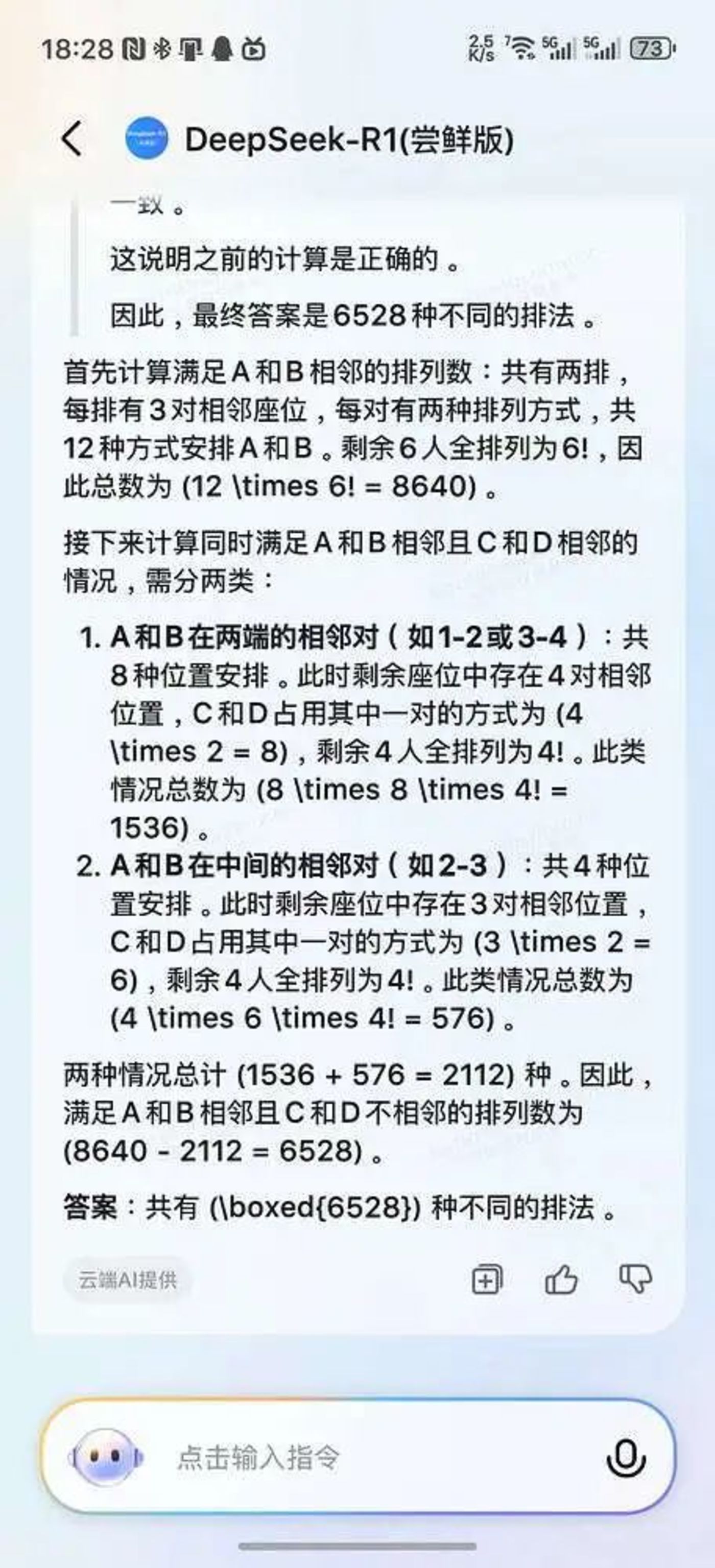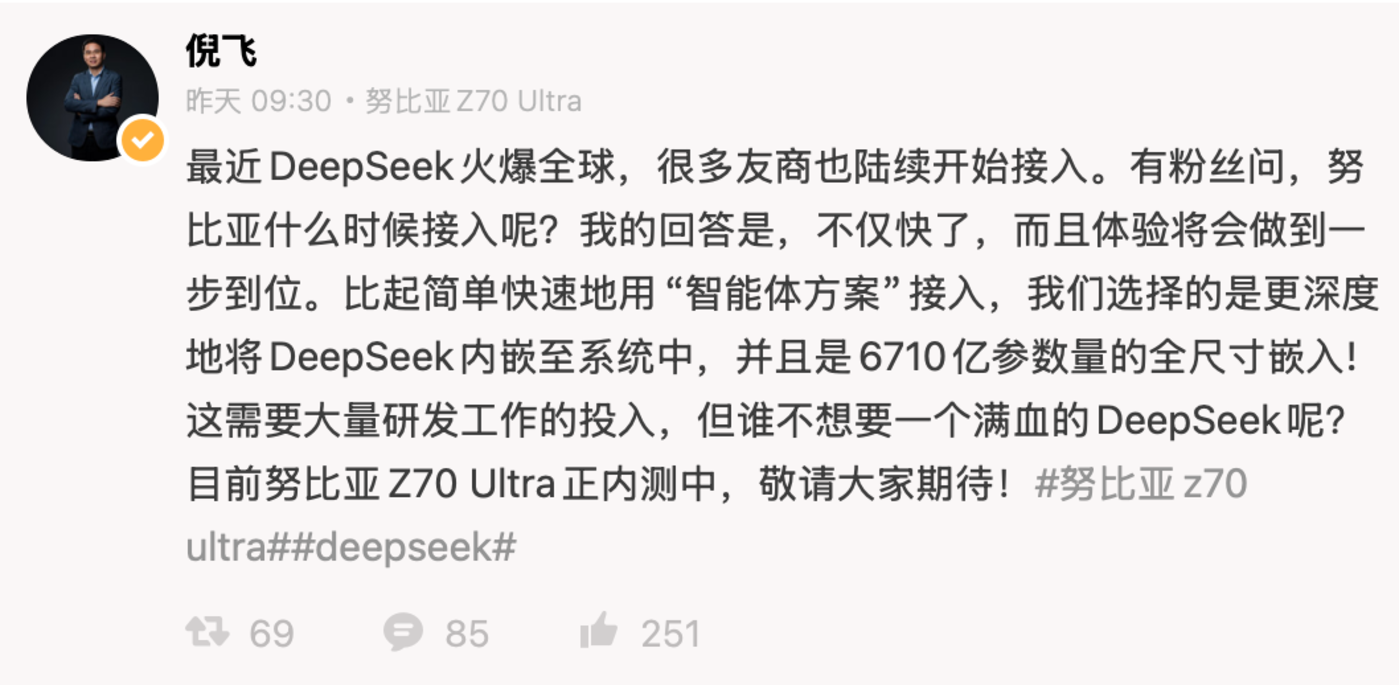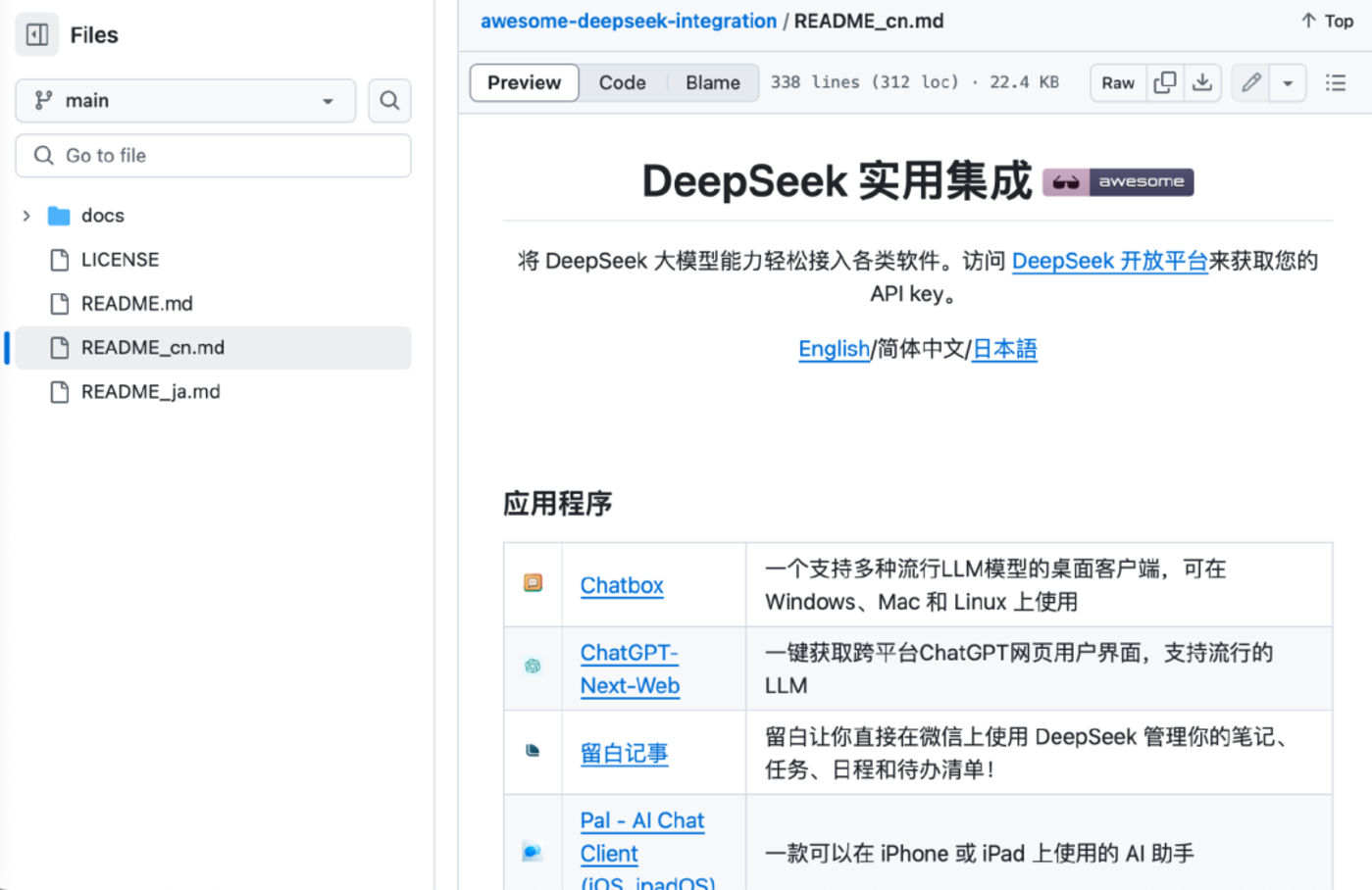Wen| Power Plant, author| Dong Wenshu, Editor| Gao Yulei
Since the Spring Festival of the Year of the Snake, a large model hurricane called DeepSeek has begun to sweep across the technology world, and mobile phone companies are among the fastest-responding industries.
On February 10, Ni Fei, president of ZTE’s terminal business unit, announced on his personal Weibo that Nubian mobile phones will be connected to the DeepSeek R1 model that has become popular since the Spring Festival, and another ZTE mobile phone brand, Red Devils, will not be absent. On the same day, vivo officials confirmed to the “power plant” that it would also connect to DeepSeek R1.
So far, in just five days since Huawei’s official announcement on February 5, most domestic mobile phone manufacturers, including Glory, OPPO, Meizu, Nubia, and vivo, have regarded DeepSeek as a guest.
At a time when AI has been rampant for more than two years, new dark horses have entered the public eye. Against the background that AI has become the core selling point of high-end flagship mobile phones, it is not difficult to understand that mobile phone companies want to embrace new variables.
However, amid the hustle and bustle of the mainstream market, some people have remained silent so far, Xiaomi and Apple, two mobile phone companies, have not yet expressed their position. The “power plant” inquired separately about whether to consider connecting to DeepSeek, but both companies said they would not respond.
On February 12, according to The Information’s latest report, Apple and Alibaba will cooperate to develop AI functions for China iPhone users.
As we move into 2025, how to choose between eager embracing the new big model star or keeping a distance from them? How should the narrative of mobile phone manufacturers ‘self-developed large models continue? This is a new problem faced by the smartphone market, which has long been in an innovation dilemma.
Strive to be the entrance to DeepSeek
Once the DeepSeek R1 model was officially released on January 20, it ignited discussion and attention in the domestic AI and even the entire technology market.
This model is mysterious enough and full of ideals: in the AI industry, which has always advocated Silicon Valley as its benchmark, the core R & D team behind it that the company is deeply pursuing has no overseas returnees and is a national production allocation. As an AI enterprise incubated by a quantitative fund, it has not publicly raised funds, let alone one of the six well-known AI tigers.
But at the same time, it is so amazing: with very little annotated data, R1 achieves performance comparable to that of the official version of OpenAI o1 in tasks such as mathematics, code, and natural language reasoning; but at the same time, thanks to the optimization of computing power cost structure, its pricing is only about 3% of o1, which is almost the most cost-effective choice on the market; even for ordinary users, DeepSeek R1 has received admiration for its dialogue logic and verbal agility.
In the upstream and downstream of the industrial chain, no one is willing to miss the opportunity to lay out the DeepSeek ecosystem, even smartphone manufacturers that hold high the banner of self-developed large models are no exception.
Among the mobile phone manufacturers that have officially announced access to DeepSeek, Huawei and Glory have moved the fastest. Both companies have chosen to provide services by pushing new system versions and providing DeepSeek dialogue portals.
During use, users can directly invoke the DeepSeek dialog box through the mobile smart assistant without having to download the DeepSeek App.
Huawei first officially announced version 11.2.10.310 of the Xiaoyi Assistant App on February 5, and provided the DeepSeek-R1 Beta version in the Agent Plaza within the app.
According to a Huawei mobile phone user, according to his initial experience, the DeepSeek Beta version evoked by the mobile phone has problems such as few dialogue rounds supported, short memory windows, and stuck replies.
On February 9, Huawei launched a new version 11.2.10.340 for Xiaoyi’s assistant pure-blood Hongmeng version of the App. It upgraded the DeepSeek-R1 agent to the official version and also supported the online search function.
Glory is the first early adopter in the Android camp. On February 8, it was announced that users need to upgrade the Glory mobile phone system version to MagicOS 8.0 and above, and the YOYO assistant to version 80.0.1.503 and above, so that they can use the YOYO agent to wake up DeepSeek-R1 for dialogue.
In a technical forum, many users shared their experience of using Glory mobile phones to evoke DeepSeek, using the latter to answer mathematical questions such as geometry and arrangement, as well as interpreting Internet hot issues. One user said: The thinking time is relatively long, but the answer is correct. It feels like a full version.” rdquo;

Glory mobile phones evoke DeepSeek to solve mathematical problems, Photo Source/Open Network
In addition, the specific services provided by other mobile phone manufacturers after accessing DeepSeek are yet to be announced.
On February 8, OPPO announced that the folding flagship OPPO Find N5 will be officially connected to DeepSeek-R1 and can be used directly through voice wake-up. The first batch of purchasing users will be the first to experience it. OPPO Find N5 will hold a press conference at 19 pm on February 20.
Xingji Meizu Technology also announced on February 8 that it has confirmed that it has completed the connection to the DeepSeek-R1 model. Starting next week, Meizu 21 series and Lucky 08 will be the first to launch early adopters.
On February 10, Nubia, a subsidiary of ZTE, said that it was not satisfied with just embedding a dialogue portal and using a simple agent solution to access it, but wanted to embed DeepSeek more deeply into the system, and the full size embedding of 671 billion parameters is still in the internal testing stage.

Tuyuan/Ni Fei, President of Nubia Technology Co., Ltd., Personal Weibo
Mobile phone manufacturers ‘self-developed model narratives are challenged
Although existing mobile phone access to DeepSeek services are still concentrated on conversation agents and have not yet achieved more functions such as collaboration with other mobile phone functions or apps, this may be just the beginning.
Qiu Qiu, an algorithm engineer in Hangzhou, analyzed to the “Power Plant” that in addition to dialogue robots, many ToC services built by developers based on DeepSeek can be seen on the market, which can be used for personal schedule management, real-time translation, and auxiliary reading. If these capabilities can be introduced into mobile phones in the future, they can generate greater user value and contain more business opportunities than a single dialogue agent. She said, and this will undoubtedly require mobile phone companies and DeepSeek to complete a deeper integration.

Source/DeepSeek GitHub page
Others believe that the stunning appearance of DeepSeek R1 and the enthusiastic catering shown by mobile phone players further indicate that the latter’s focus on self-development of AI models may be changed.
Lei Hao, a staff member working for a mobile phone company, told the “power plant” that in his view, in the chain of large model implementation from base model development to application level innovation, what mobile phone companies are good at is never self-research large models, but various debugging and application innovations on the mobile phone side.
He said: Previously, domestic mobile phone manufacturers have developed their own large models. An important background reason is that there are no good third-party large models in China. DeepSeek not only breaks this point, but it is also an open source model. rdquo; From various perspectives such as computing power cost, policy security, performance indicators, and replication difficulty, DeepSeek provides a ready-made and good choice.
In the past year, investing heavily in R & D and pursuing miracles has still been the main theme of the mobile phone market. Xiaomi, which has not yet publicly responded to DeepSeek, is a representative of this route.
At the end of December 2024, according to interface news reports, Xiaomi is embarking on building a GPU 10,000 card cluster and plans to invest heavily in the AI model. Also at the end of 2024, there was also news in the market that Xiaomi plans to recruit Luo Fuli, one of the key developers of DeepSeek’s open source model DeepSeek-V2, with an annual salary of 10 million yuan, and the latter will lead the Xiaomi model team. However, this news has not yet been confirmed by Xiaomi and Luo Fuli.
When the narrative of the self-developed model is challenged, whether mobile phone players can still adhere to the self-developed route has become a question hanging on every market participant.
For DeepSeek, the mobile phone market is also a market that easily forms a commercial closed loop and has a considerable user scale. As Lei Hao said: (in the C-end market) DeepSeek is no matter how good it is, it also requires user access, and mobile phones are the most popular hardware terminals with the strongest consumer perception at this stage.” rdquo;
However, it should be pointed out that today’s DeepSeek R1 still has some problems to be solved in embedding it into mobile phones. For example, in-depth exploration has not yet opened the official real-time voice dialogue interface for the R1 model, and multimodal capabilities still need to be built.
Just as the market is rolling out DeepSeek Hurricane and ushering in an AI carnival from technology companies to users, many people are already using DeepSeek as a benchmark and making a silent sprint.
On February 6, Chinese scientist Li Feifei, known as the godmother of AI, led a team to conduct supervision and fine-tuning based on the current Ali Tongyi Qianwen Qwen2.5-32B-Instruct. It took 26 minutes to fine-tune an AI model whose performance is not inferior to DeepSeek R1 at a cost of less than 50 US dollars.
Domestic large model manufacturers are not willing to lag behind. An employee working for a large Internet factory in Haidian told the “Power Plant” that since the open source release of DeeSeeK R1 a year ago, his team began to work overtime until late at night every day in an attempt to successfully replicate the R1, and received a temporary notice that the scheduled Spring Festival holiday was shortened and he started to resume work on the third day of the first lunar month.
(Note: At the request of interviewees, Lei Hao is a pseudonym.)



